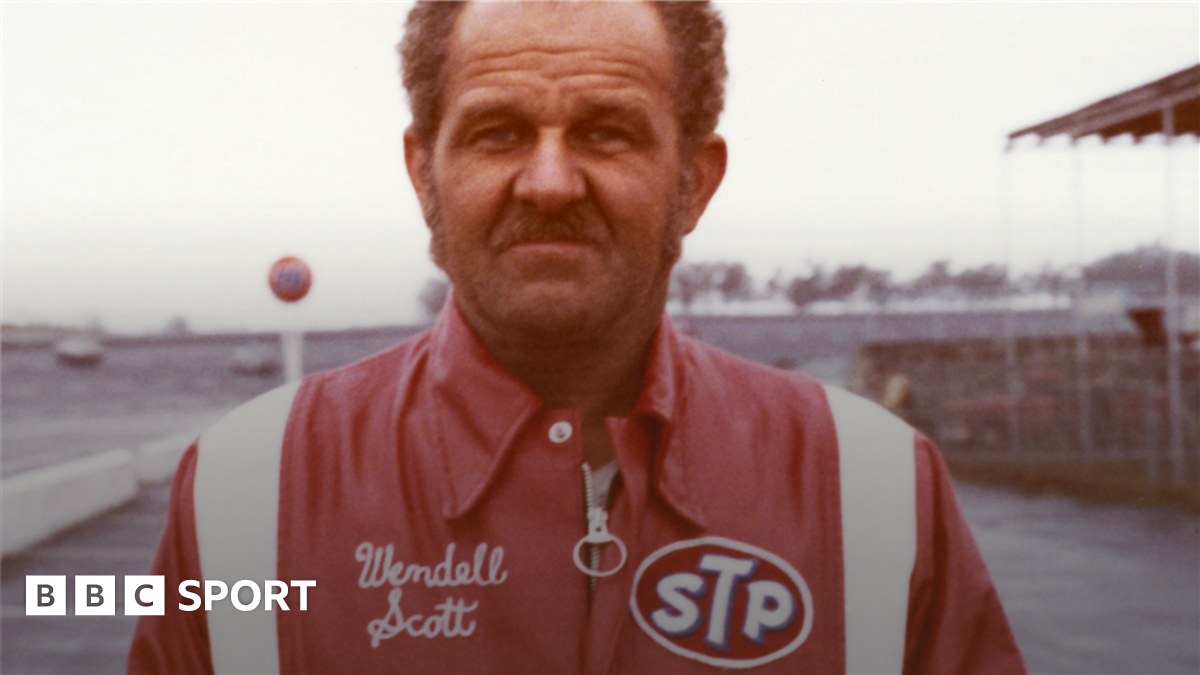
Wendell Scott: The Nascar pioneer whose legacy is now more powerful than ever
[ad_1]
The guest of honour was George Wallace, governor of Alabama. Ten years previously, in June 1963, Wallace physically blocked the path of black students enrolling at the University of Alabama in one of the flashpoints of the Civil Rights struggle. Wallace was a long-time ally of Nascar’s founder, Bill France. The relationship helped build Talladega’s racetrack.
Scott had struggled over the years building up to this point. While rivals were able to take advantage of increased revenues coming into the sport, he didn’t have any backing whatsoever. He could only dream of the technological sophistication and resources the big teams could draw on. So he decided to go all in – just like when he stepped up to Grand National level. Win or wreck.
The car he bought was a Mercury. Again, the family home was remortgaged. Scott was in debt like never before but finally had the car he needed to compete. He flew off the start line at Talladega, hitting speeds of more than 180mph, previously out of reach.
“It felt like someone shot me out of a slingshot,” Scott told a documentary team from The Nashville Network (TNN) years later.
“Yeah, I was rolling, heading toward the front.”
Everything changed in an instant. In Scott’s version of events he was clipped from behind by another driver and it spun him out. His brand new Mercury veered out of control and into the infield. There was oil on the track and another racer then came sliding off and slammed into the side of Scott. The car was ruined. Scott was badly crushed, and he was covered in blood. Driver Larry Smith was one of the first to come over.
“Larry came to me, he thought I was dead,” said Scott.
“It was a tough roll. I didn’t know I was knocked out. When they tried to get me out I was hurting so bad. Broke my leg in seven places, tore my arm to pieces. I spent 32 days in hospital. It took me nine years to pay for that car.”
Scott was back at Talladega again three months later in August on crutches, watching from the stands. From there he witnessed another crash in which Smith – the driver who had sought to help him – was killed. It was the 11th fatality during the years of Scott’s Nascar career.
Once he was fit enough to do so, Scott did race again in that 1973 season. In October, in Charlotte, North Carolina, he started 38th, made it into the top 10 and fell back to finish 12th. At the time nobody knew it was the end, perhaps not even Scott. There was no retirement announcement, no final bow. He was not quite 52.
When Scott was visited by the TNN film crew, his old Mercury was out back, half-covered in the dry long grass beside the shell of an old yellow school bus.
It wasn’t the only car he was keeping hold of. Each had a story lovingly detailed across several old scrapbooks.
Showing his visitors around, they came to the old Mercury. Scott went over, pointing out the paint marks from where he’d been hit from behind. Stepping back to look again, he said: “That was the best car I ever drove. But I didn’t really get the chance to do my best with it.”
[ad_2]
Source link




